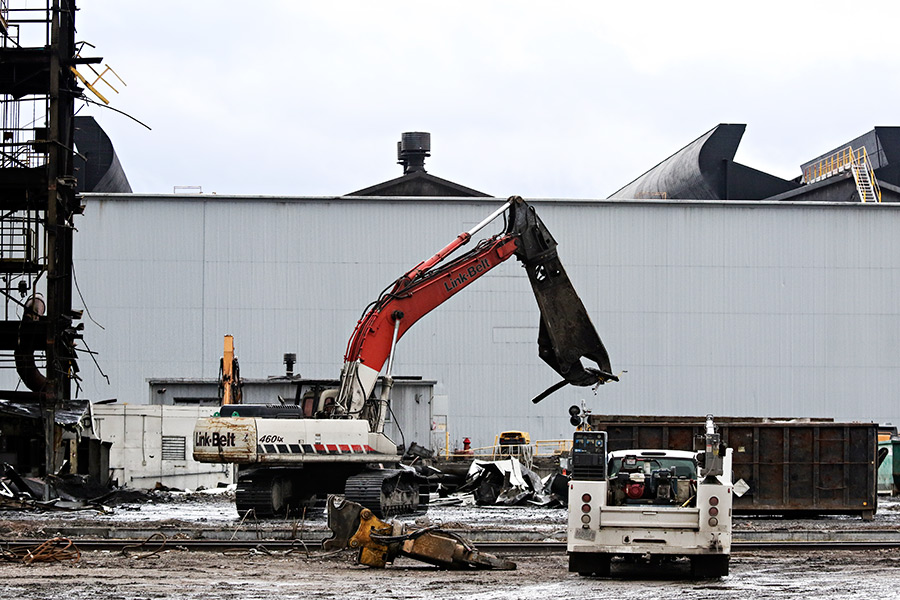Since demolition of the Columbia Falls Aluminum Company facilities began in May 2015, Calbag Resources, a Portland, Oregon-based demolition contractor, has removed over 850,650 pounds of asbestos-containing materials from the shuttered facility.
The EPA first proposed the site for listing under the National Priorities List in March 2015, the same year the industrial plant, which operated along the Flathead River from 1955 to 2009, permanently closed. The Environmental Protection Agency is expected to make a final decision this fall on whether to list CFAC on the National Priorities List, a register of hazardous waste sites eligible for long-term remedial cleanup under the federal Superfund program.
The EPA also plans to release this fall its Community Involvement Plan, a summary of interviews with community members and comments from the public. A draft of the CIP will be made available for public review and comment before the EPA finalizes the plan later this year.
In July, Calbag removed 17,340 pounds of regulated asbestos-containing material, defined as containing more than one percent asbestos and carrying the most risk to the health of residents and workers. A cumulative total of 52,420 pounds of regulated asbestos waste has been removed from the site.
Workers removed in July an additional 28,720 pounds of non-regulated asbestos-containing waste, which has fewer hazardous concerns. To date, 798,230 pounds of non-regulated asbestos waste has been removed.
Materials are currently being removed from the west rectifier, rod mill building, paste plant, quonset hut, west aluminum unloader, compressor building, and laboratory. Calbag Resources is also authorized to remove 451 pot liners containing 26,000 tons of K088, a listed hazardous waste, from the pot room building.
If the site is not added to the National Priorities List this fall, the EPA has the option to re-propose Superfund listing, according to the agency. Regardless, the EPA will complete its investigation and remain involved with cleanup until the site is eligible for reuse, according to officials.
The remedial investigation of the site, which is ongoing, will determine the nature and extent of the contamination from spent pot liners as well as any potential risks to human health and the environment. Crews working on surveying and drilling for the investigation are expected to finish this month; surface and ground water sampling is scheduled to begin in September.
The final remedial investigation report, which the EPA expects to complete by February 2020, will provide options for addressing site risks. A feasibility study evaluating these cleanup strategies will likely be completed in 2021. The EPA will then put forward a plan with primary and alternative approaches.
An earlier version of this story read that over 850,650 pounds of asbestos-containing materials had been removed from the site since June 23. The total represents the amount of materials removed since May 2015.
